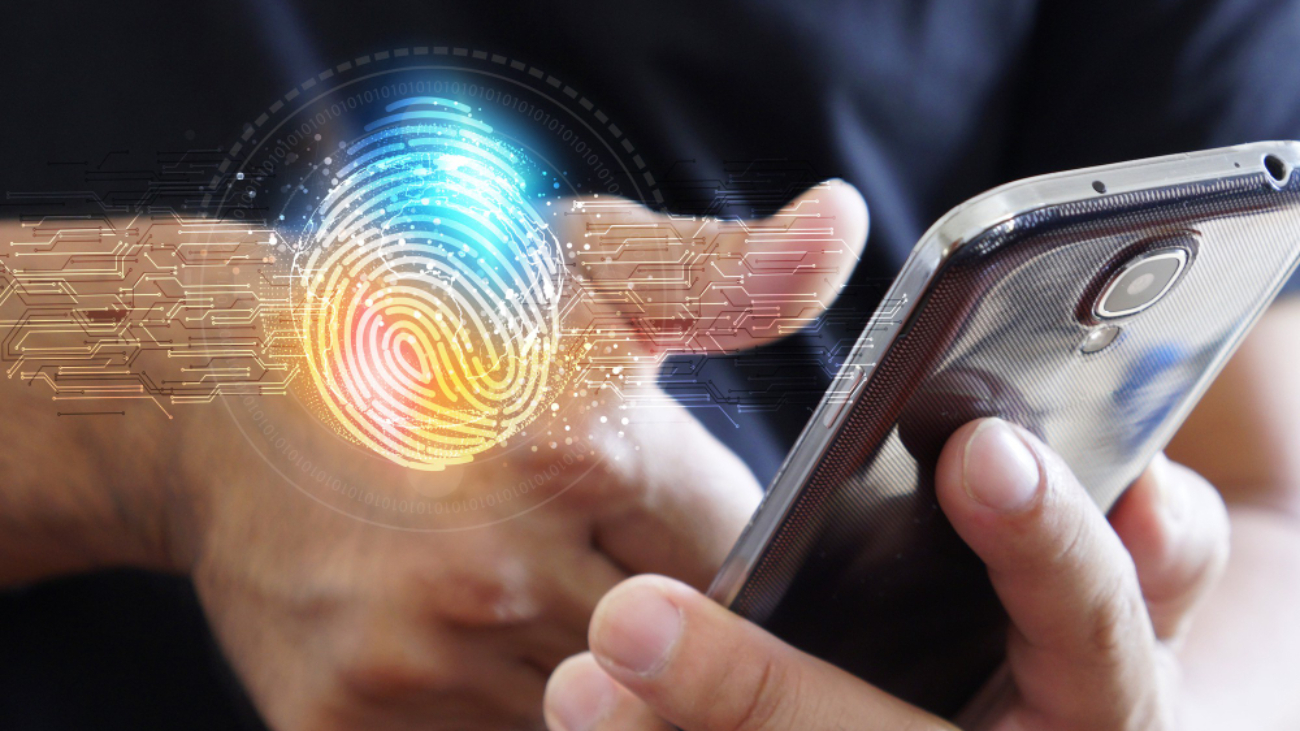The use of fingerprint scanning in biometrics is now very common. A popular approach used to match fingerprints is the minutiae algorithm. The algorithm has defined rules where minutiae or characteristics of finger ridges are used.
As per Bahaa Abdul Hadi, pattern-based methods can be used regularly, the problem is they require local and global features of fingerprints. Using the minutiae algorithm allows only local features for fingerprint identification.
How minutiae algorithm is used in fingerprint matching?
When minutiae-based fingerprint matching is used, two local characteristics of ridges are used. They are the ending of the ridge and the ridge bifurcation. The ridge ending is where the fingerprint ridge ends. Bifurcation is where a ridge splits into two creating branches. Together, they are known as minutiae.
In the minutiae-based algorithm, fingerprints are matched by looking at bifurcation points. Cross number method is used to extract valid or usable bifurcation points. Removal of false minutiae technique is used to remove any spurious minutiae.
The following are some key things to know about the working of minutiae-based fingerprint matching:
- Image enhancement is carried out to adjust image intensity where required.
- Binarization is carried out where ridges are denoted by 1s and furrows by 0s.
- Ridge thinning then helps out in making the ridge just 1 pixel wide while ensuring the basic structure is not affected.
- The minutiae points are then extracted. To carry out the extraction, a 3×3 pixel frame is considered. When the center pixel whose value is 1 matches to 3 neighbors with same value, it is then considered the bifurcation point. Else, it is considered the ridge end point.
- Once bifurcation points are properly examined in its entirety, it would be necessary to remove false points. This is important because the method leads to false bifurcation points being extracted. False minutiae occur due to gaps or breaks. In some cases, magnification helps to remove false minutiae.
- To remove false minutiae, a structure approach is used.
- Firstly, the mean distance between neighboring ridges is worked out, referred to as D.
- Then, distance between 2 minutiae points or d is calculated.
- When d is found to be less than D with both minutiae points being in the same ridge, both are removed.
- This process is used to remove minutiae points that are false.
- Once the minutiae points that are false are removed, all the other minutiae points are marked.
- The image matching is then carried out using the minutiae points.
Thus, local features of fingerprints are used in minutiae algorithm to detect fingerprints. In some cases, even global features can be used to improve the overall process.
Thank you for your interest in Bahaa Abdul Hadi blogs. For more information, please stay tuned to www.bahaaabdulhadi.com






